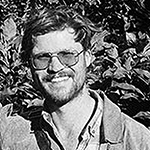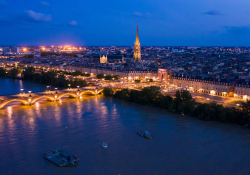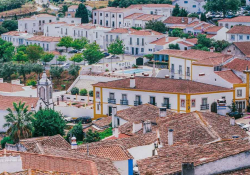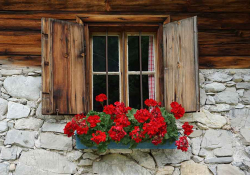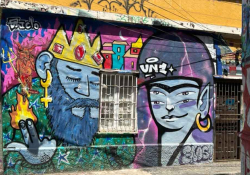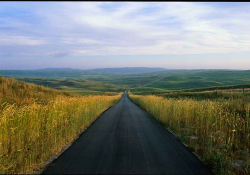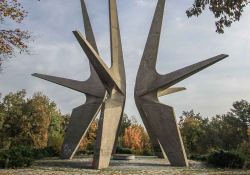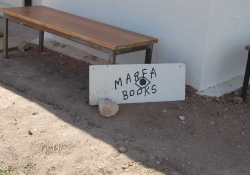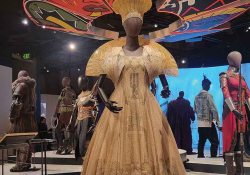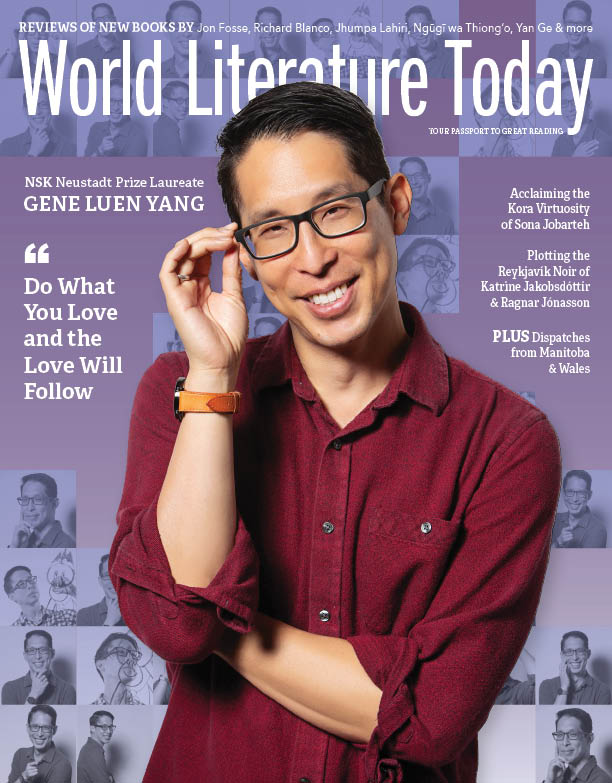Brandon, Manitoba
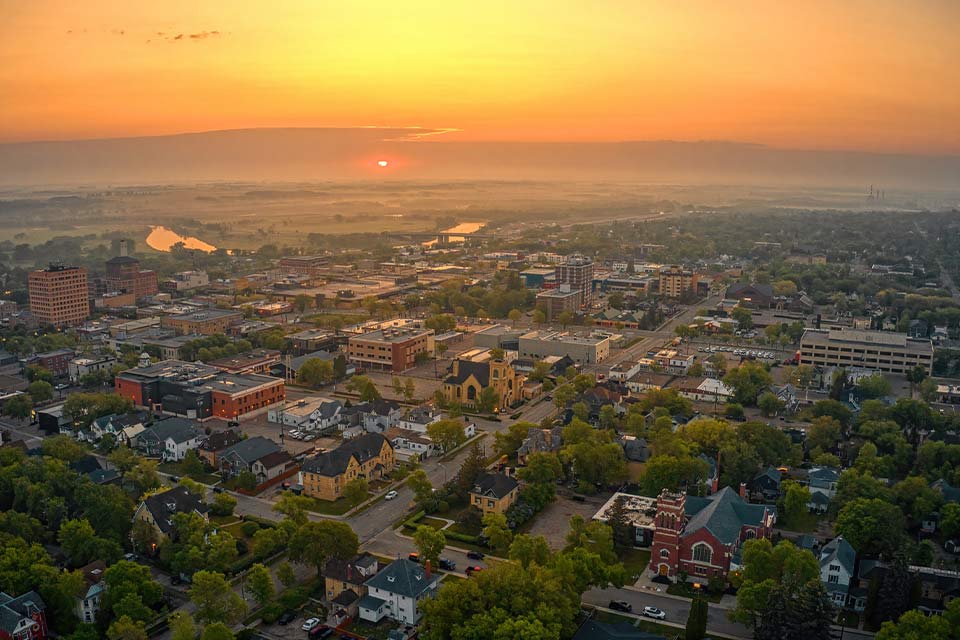
In the Toronto airport, a young woman moved her bag from a seat so that someone might sit down. “You can sit here, eh. I’m from Brandon, in ‘Friendly Manitoba,’ and we live up to that motto.” Then she told a story that involved her brother crashing a car, her cousin being stabbed, and two separate visits to two different methadone clinics.
It was a good introduction to Brandon for anyone eavesdropping, and for me a good reminder of the city I visited once a week during childhood for violin lessons. It was the Brandon I remembered: friendly, yes, but also slightly frenetic and mildly caustic, with the few aspirant culturati fighting a forever battle against guns, trucks, and lite beer. James Ehnes might come to play a homecoming gig, but he won’t draw the same crowd as polka night at the Legion. The Lady of the Lake, a boutique for cottagecore aesthetes full of wicker and burlap, lies directly across the road from The 40, a bar for frottage enthusiasts full of liquor and sloppy mishap.
Whenever I’m in town, I keep my eyes down and make a beeline for the best place in town: George Strange’s BookMart & Prairie Showcase, better known simply as George Strange. Structurally, the local art and craft symposium (landscapes of wheat and grain elevators, wonky clay tableware) is half the store. Pathologically, the soul of the operation is in the fifty thousand titles that occupy the floor-to-ceiling shelves in every other room. That it is western Manitoba’s largest used bookstore isn’t convincingly impressive until you realize that covers an area about the size of the Mojave Desert.
The area is, too, something of a literary desert. A few cacti break the skyline, among them Grant MacEwan, from Brandon, Sandra Birdsell, from Hamiota, and Ernest Thompson Seton, progenitor of the talking/thinking animal genre, who for a time lived near Carberry and had there some of the experiences that made it into Wild Animals I Have Known. And Margaret Laurence, whose thorny literature continues to poke and draw blood from the rural set. She called her hometown of Neepawa “bizarre, agonizingly repressive or cruel at times . . . but never merely flat or uninteresting. Never dull.”
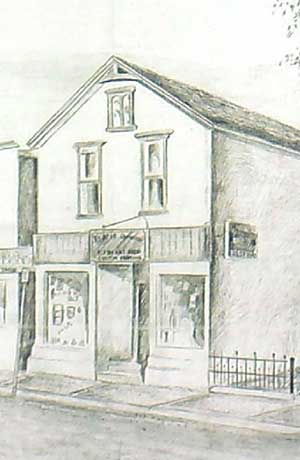
That applies to Brandon, too. At George Strange, a workman was replacing the windows; some yahoo had come along and thrown a brick through them. “Someone who hates books or hates me,” said Strange himself, the eponymous owner. He was an irascible figure, pushing a mobility walker, pale legs sticking out of denim shorts held up by suspenders. His glasses slipped down his nose, and the tea in his mug was topped with film.
The broken window was my way in, but my next questions—after his health, his business, the new shipment of books on the floor—were met with grunts so terse they transcended language. I feared a descent into weather chat and so left to poke through the house in quiet leisure.
The woman handling the checkout was more effusive. “Are you from around here?” she asked. “No,” I said, a half lie—the fifty miles from my parents’ home planted me in the nether region of neither local nor foreigner.
“We can mail you anything you want,” she said. The counter was piled with mail orders. “We ship all over the world.”
George Strange is an oasis in the prairie, its proprietor a kind of Prospero, its staff the nymphs meting out water.
It’s scarcity that makes something precious. George Strange is an oasis in the prairie, its proprietor a kind of Prospero, its staff the nymphs meting out water. My choices were appraised, their transfer to me was like literary sacrament. As she tapped each book into the computer, she spoke its author aloud, ran a hand along its cover, and, with a nod, blessed them with an “Excellent.”
Naipaul: Excellent. Conrad: Excellent.
“Zadie Smith,” she said. “Hmm. That’s not fiction, is it? No, no; it’s literature. Excellent.”
Gladstone, Manitoba
